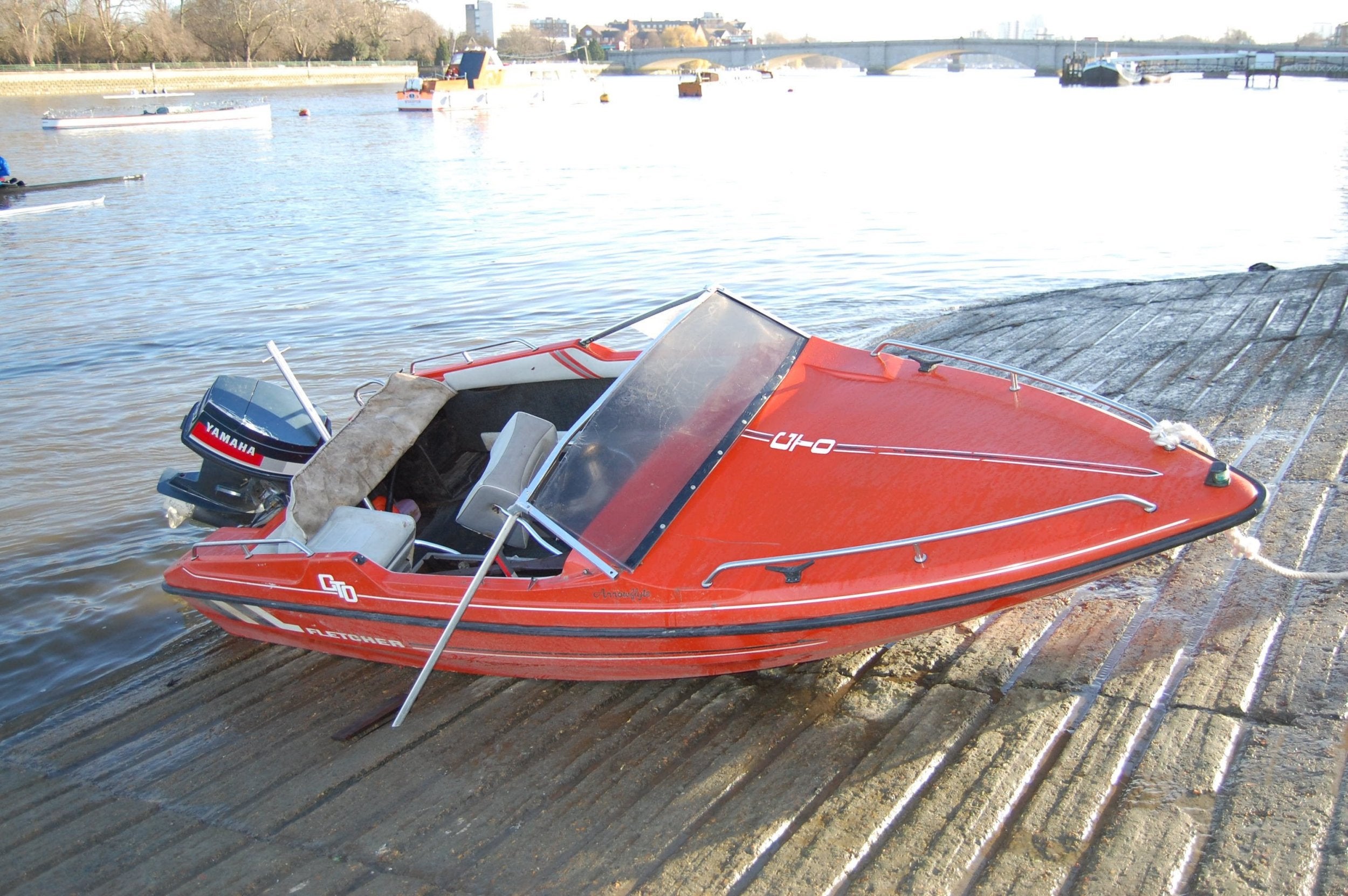Woman dies after being thrown out of speedboat during first date on River Thames
Web designer on trial for manslaughter by gross negligence after 23-year-old's death
A woman died after she was thrown out of a speedboat which crashed on the River Thames during a first date, a court has heard.
Charlotte Brown was hypothermic with a body temperature of just 25C when she was pulled from the water by lifeboat crews in December 2015. Normal body temperature is 36.9C.
The 23-year-old was thrown into the river near Wandsworth Bridge when the speedboat capsized during a champagne-fuelled first date with web designer Jack Shepherd.
Mr Shepherd, 30, from Hammersmith, west London, is on trial at the Old Bailey. He denies manslaughter by gross negligence.
Shepherd had been trying to impress Ms Brown, a business development consultant, with a trip past the Houses of Parliament after a meal at The Shard, jurors have been told.
But after he handed her the wheel on their return journey, the speeding boat hit a log and capsized.
Mr Shepherd was found clinging on to the upturned hull but Ms Brown, from Welling, south-east London, was pulled out of the water unresponsive. Neither were wearing lifejackets.
Royal National Lifeboat Institution (RNLI) rescuers performed CPR on Brown before handing over treatment to paramedics who had rushed to Putney Pier.
The trial has heard that a post-mortem examination later recorded Brown’s cause of death as cold water immersion.

Giving evidence on Tuesday, paramedic Andrew Alcroft told jurors she was in cardiac arrest when they arrived.
Medics drilled into a bone to administer fluid because they could not access her veins due to her cold body temperature and cardiac arrest.
“We were unable to get intravenous access because no veins came up,” he said.
On Monday, in a highly unusual move, Mr Shepherd’s speedboat was brought into the Old Bailey so jurors could examine it.
He bought the red 14-foot Fletcher Arrowflyte GTO over Gumtree to “pull women”, the court heard.
Prosecutor Michelle Nelson said the 75-horsepower vessel, which was moored beside the houseboat where Mr Shepherd lived, had a number of defects.
The speedboat was transported on a trailer into the court’s car to be produced as a court exhibit.
Jurors were taken from court 10 to inspect it outside, accompanied by bewigged lawyers and judge Richard Marks QC, as well as members of the press.
“Feel free to look around and have a good look,” said the judge.
Earlier, jurors heard from Port authority surveyor Andrew Thomas, who compiled a report on the unnamed speedboat.
Mr Thomas pointed out impact damage to the starboard bow of the four-person vessel, made in the 1980s.
He said the cockpit windscreen showed general deterioration and the plywood seat bases had been water-damaged over time. The kill cord on the boat was also “poorly maintained” and had no attachment, jurors heard.
Mr Thomas said the steering wheel had a “degree of play”, giving it a “good deal of wobble backwards and forwards”.
The lifejackets were still tucked until a container at the front of the boat at the time of the crash, the court was told.
Jurors were shown a video of tests on the water, in which the boat reached a speed of 29.9 knots at 75 per cent throttle.
The speed limit on the stretch of the Thames where the accident happened is 12 knots.
Mr Thomas told jurors that tests showed there was a “pronounced pull to starboard” which worsened at greater speeds.
He said the master had to put in “significant effort” to keep straight.
“We effectively ended up doing doughnuts – going around in tight circles,” he added.
Mr Shepherd is being tried in his absence.
Mr Marks told jurors they “must not speculate about the reason for the defendant’s absence” or “hold his absence against him”.
The trial continues.

